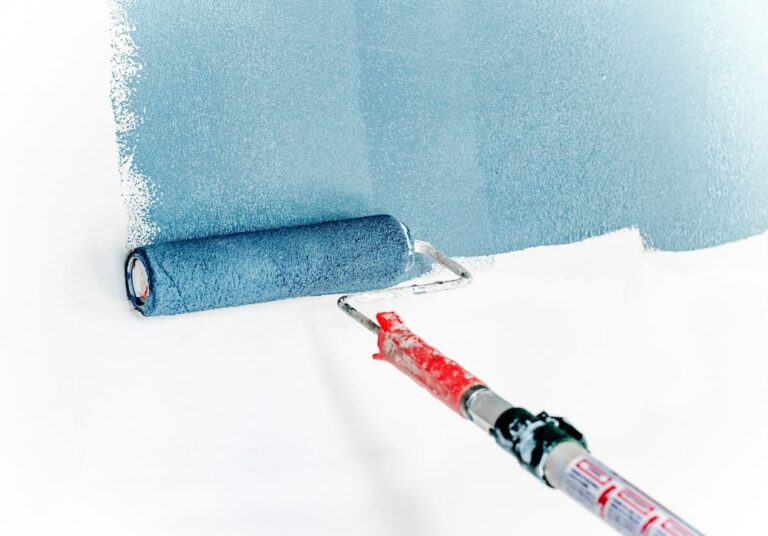tout à fait
Tout à fait: Meaning, Uses, and Examples
The French phrase “tout à fait” is a versatile expression that can mean “exactly,” “absolutely,” “quite so,” or “indeed,” along with a few other possible translations.
Literal Meaning of “Tout à fait”
Literally, “tout à fait” translates to “entirely” or “completely.” It’s composed of three words:
- tout (meaning “all” or “entirely”)
- à (meaning “to” or “at”)
- fait (meaning “done” or “fact”)
Together, it conveys the idea of something being fully accomplished or completely true. In this literal sense, it emphasizes totality or completeness.
Example:
- Son explication est tout à fait claire.
His explanation is entirely clear.
Here, “tout à fait” reinforces the idea that the explanation is not just clear, but entirely clear.
Figurative Meanings of “Tout à fait”
In everyday conversation, “tout à fait” is more commonly used in a figurative sense. It can express agreement, confirmation, or affirmation. Depending on the context, it can be translated as:
- “Exactly”
- “Absolutely”
- “Quite so”
- “Indeed”
It’s often used to agree with someone’s statement or to confirm information.
Example:
- – Il fait froid aujourd’hui, n’est-ce pas ?
– It’s cold today, isn’t it? - – Tout à fait !
– Absolutely!
Here, “tout à fait” is used to agree with the statement about the weather.
Using “Tout à fait” to Express Agreement or Confirmation
- Confirming a Fact:
- C’est tout à fait vrai.
That’s absolutely true.
- C’est tout à fait vrai.
- Agreeing with an Opinion:
- – Ce film est vraiment émouvant.
– This movie is really moving. - – Tout à fait.
– Exactly.
- – Ce film est vraiment émouvant.
- Emphasizing an Affirmation:
- C’est tout à fait normal.
That’s completely normal.
- C’est tout à fait normal.
This usage emphasizes or reinforces a statement, giving it a sense of completeness or certainty.
Other Contexts and Nuances
- Politeness and Formality
In formal settings, “tout à fait” can be used to politely agree or show respect for someone’s opinion. For example, in a professional meeting:- – Je pense que cette stratégie est la plus efficace.
– I think this strategy is the most effective. - – Tout à fait, vous avez raison.
– Absolutely, you’re right.
- – Je pense que cette stratégie est la plus efficace.
- Contradiction (Ironically)
In informal contexts, especially with a sarcastic tone, “tout à fait” can be used ironically to disagree or to highlight the opposite of what is being said. For example:- – Il est toujours à l’heure, n’est-ce pas ?
– He’s always on time, isn’t he? - – Tout à fait… (said sarcastically)
– Oh, absolutely… (implying that he’s never on time)
- – Il est toujours à l’heure, n’est-ce pas ?
Common Mistakes to Avoid
- Don’t confuse “tout à fait” with “tout fait” (which means “ready-made” or “pre-made”).
Quick Recap:
- Literal meaning: Entirely, completely
- Figurative meanings: Exactly, absolutely, quite so, indeed
- Usage contexts: Agreement, confirmation, politeness, or irony
Practice Exercise
Translate the following sentences into French using “tout à fait” correctly:
- That’s absolutely right.
- I completely understand.
- Exactly, that’s what I meant.
(Answers: 1. C’est tout à fait exact. 2. Je comprends tout à fait. 3. Tout à fait, c’est ce que je voulais dire.)






